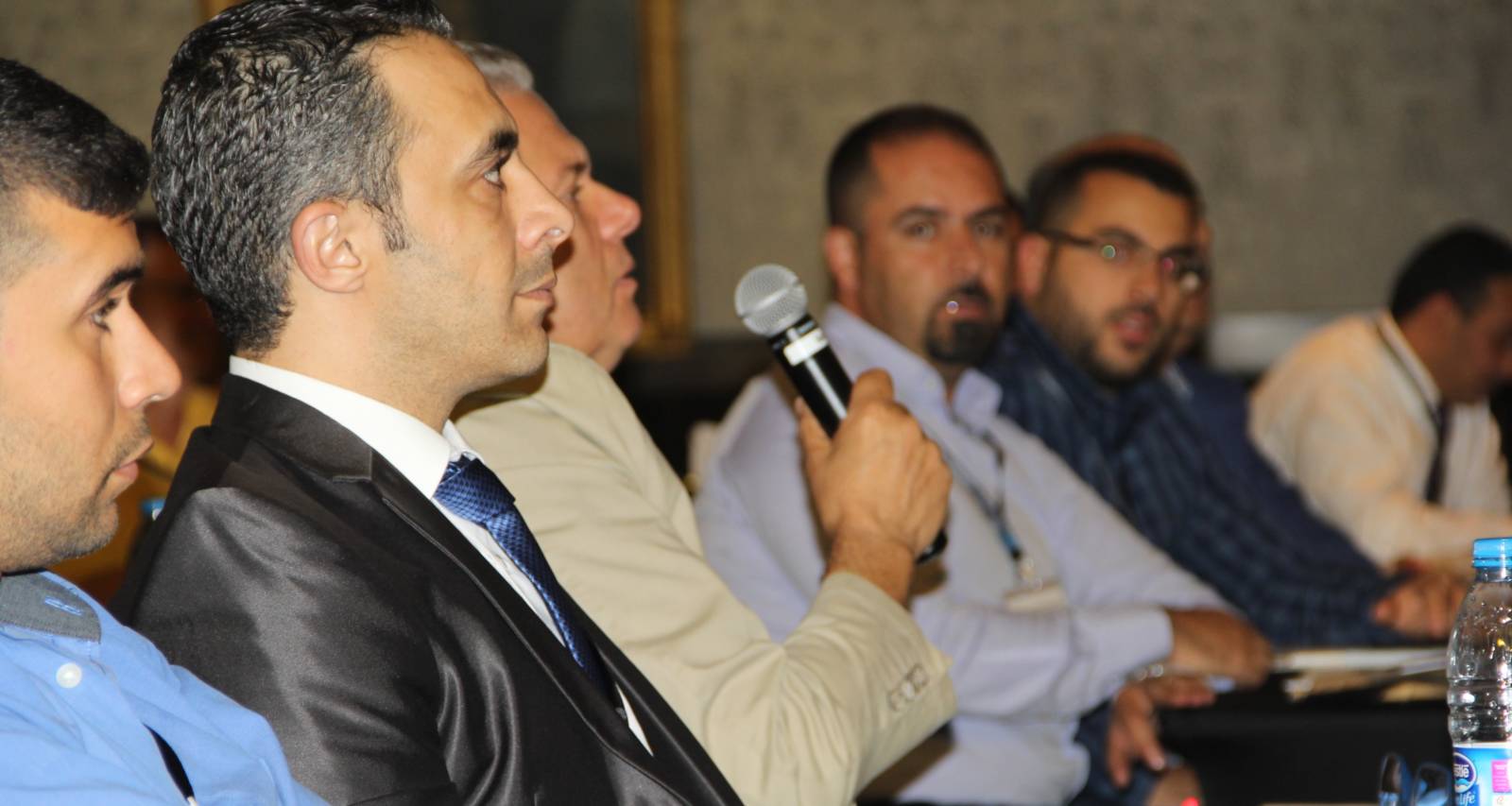
The U.S. soy industry provides its customers with advanced technical support. Such support helps customers to realize the intrinsic advantages and superior composition of U.S. soy.
U.S. Soybean Export Council (USSEC) Regional Director – Middle East North Africa (MENA) Brent Babb says the U.S. soy industry’s mission is to help refineries in the region do a better job of the processing of U.S. soybeans and have a better product to sell.
“A superior product has been key to growth over past years,” explained Tony Freiji, CEO of Wadi Holdings Co. of Giza, Egypt, during a break at the U.S. Soybean Export Council’s (USSEC) Third Regional Soybean Processing and Refining Conference, recently held in Ammann, Jordan.
“Twenty years ago, we would not have had a meeting like this, because there were not many crushers in the Middle East.”
The conference, and the Dairy Nutrition Conference held adjacent to it, was focused on helping MENA customers understand the advantages of U.S. soy and realize its inherent value. It was about optimizing soybean oil processing through new technology and the techniques that deliver results.
John Motter, United Soybean Board (USB) chairman and Ohio soybean farmer, and Jacob Parker, a USB director and soybean farmer from North Carolina, were on hand to share a field-level view of U.S. soybean composition and the benefits it holds for MENA buyers.

U.S. soybean customers and influencers came from 11 countries to attend. Most were crushers and refiners; others listed themselves as engineers, traders, brokers and technology providers. Nearly two-thirds said they have influence over soybean and soybean product purchases. The educational content of the meeting was complex and included information and how to mitigate issues related to cavitation, a method used in soybean processing; nano neutralization and silica refining, part of the soybean oil refining process; oilseed microstructure and how it impacts extraction methods; and benchmarking refinery operations to measure improvements in yield, quality, safety, and optimizing operating costs.
Later in the week, those attending the Regional Dairy Nutrition Conference enjoyed identifying the amino acid composition of proteins and the variability of that composition among feedstuffs; managing cow comfort and total mixed rations in extreme environments (featuring an aerial shot of a 20,000-cow dairy operation in Saudi Arabia) and learning methods for improving the efficiency of protein utilization in dairy cattle by better understanding amino acid make-up and microbial protein.
88 percent of the conference attendees agreed that U.S. soy has greater trading advantages than soy from other origins due to its superior composition. And 85 percent planned to recommend U.S. soy to their business partners.
“Our reliability is important to these buyers,” observed Parker. “We have to remember that and also remind our customers in the Middle East that this is what you are going to always get from the U.S. – consistent, superior composition and reliable delivery. They are not always getting that from other suppliers.”
Participants voiced appreciation for this kind of technical support in the market.
“Please don’t stop your extension program,” said Freiji. “It may be difficult to see immediate benefits from the U.S., but it’s still really important out in the world.” He brought several employees to attend the sessions with him and he said it’s clear to him that the world is growing its consumption of U.S. soybeans because of USSEC’s efforts in educating people about milling, crushing and the use of soybean meal for fish.
“It’s the crushing industry that is going to grow this market,” explains Wakileh. “Consumption of chicken will double in the Middle East within the next ten years, and this means we will need twice as much soybean meal as we do today.”
Parker says it was gratifying to him to be able to connect with so many customers that need soybeans.
“When you start talking about your family, you can really make a connection,” he says. “I think those personal connections are an important part of the value of growers being out here in the markets.”
Parker said he learned that Pakistan has the sixth largest population in the world. “Pakistani participants told me they are not vegetarians,” he remembers, smiling.
Markets in the Middle East and in Pakistan, as Parker learned, are poised for further growth, setting the stage for more customers to experience the U.S. Soy Advantage.



